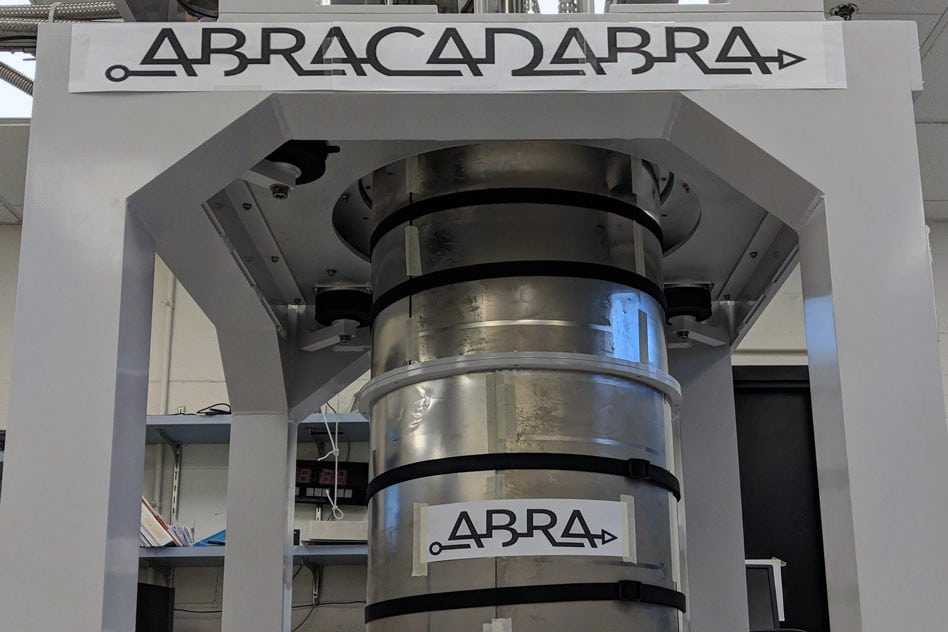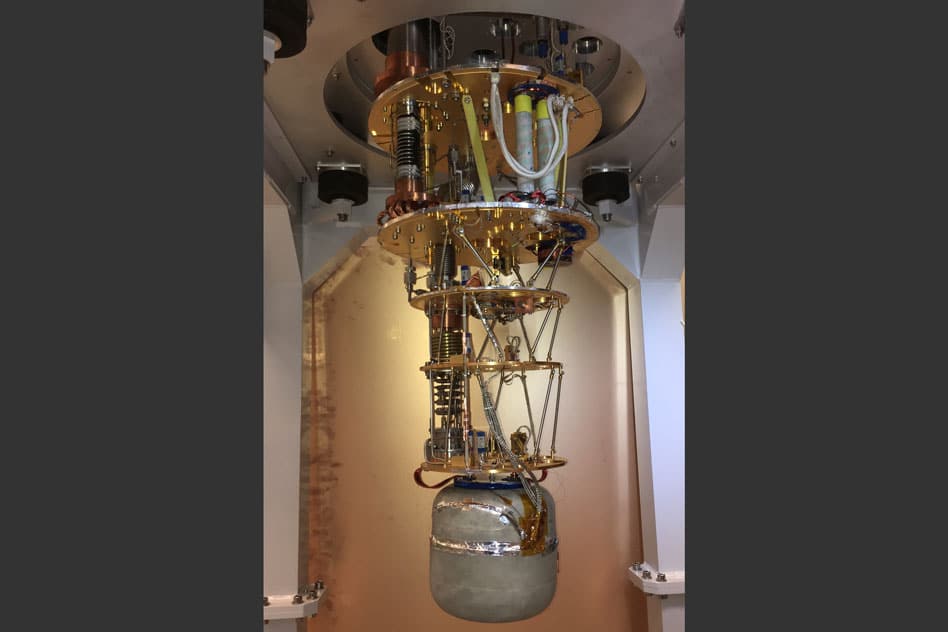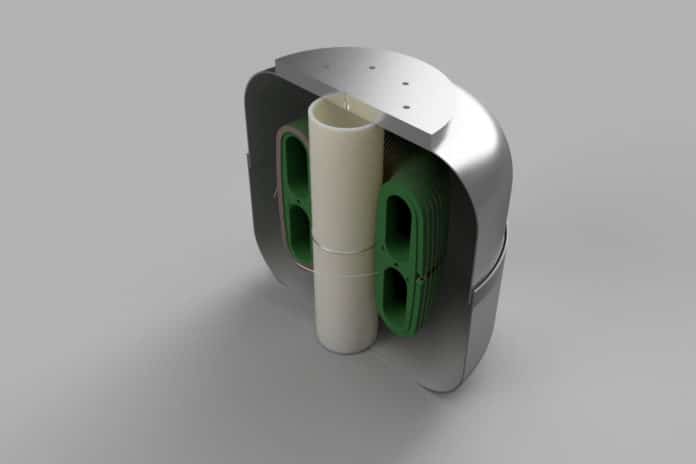One of the mysteries of our universe is that of dark energy and matter. Scientists all over the world are attempting to discover what particles make up dark energy and matter. Axions are one of the particles considered for dark matter.
But what scientists found in a new dark matter experiment- there is no sign of axions within the mass range of 0.31 to 8.3 nano electronvolts. It suggests either axions within this mass range doesn’t exist or they have an even smaller effect on electricity and magnetism than previously thought.
The experiment is designed to detect axions of even smaller masses, down to about 1 femtoelectronvolts, as well as axions as large as 1 microelectronvolts.
This is for the first time, MIT scientists have performed the first run of a new experiment to detect axions. According to scientists, is the axions exist, they would be virtually invisible, yet inescapable.

Lindley Winslow, principal investigator of the experiment and the Jerrold R. Zacharias Career Development Assistant Professor of Physics at MIT said, “This is the first time anyone has directly looked at this axion space. We’re excited that we can now say, ‘We have a way to look here, and we know how to do better!’”
Axions are believed to be everywhere. They also are predicted to be virtually ghost-like, having only tiny interactions with anything else in the universe. Because of their interaction with electromagnetism, axions are theorized to have a surprising behavior around magnetars — a type of neutron star that churns up a hugely powerful magnetic field.
Winslow said, “If axions are present, they can exploit the magnetar’s magnetic field to convert themselves into radio waves, which can be detected with dedicated telescopes on Earth.”
After the group published their theoretical design, Winslow, an experimentalist, set about finding ways to actually build the experiment.
It was a challenging experiment as the expected signal is less than 20 atto-Tesla. During the experiment, scientists had to contend with two main design challenges, the first of which involved the refrigerator used to keep the entire experiment at ultracold temperatures.

The refrigerator included a system of mechanical pumps whose activity could generate very slight vibrations that Winslow worried could mask an axion signal. The second challenge had to do with noise in the environment, such as from nearby radio stations, electronics throughout the building turning on and off, and even LED lights on the computers and electronics, all of which could generate competing magnetic fields.
Scientists addressed this problem by hanging the entire contraption, using a thread as thin as dental floss. The second problem was solved by a combination of cold superconducting shielding and warm shielding around the outside of the experiment.
Winslow said, “We could then finally take data, and there was a sweet region in which we were above the vibrations of the fridge, and below the environmental noise probably coming from our neighbors, in which we could do the experiment.”
Scientists primarily confirmed if the experiment was working and exhibiting magnetic fields accurately. Most importantly, they injected a magnetic field to simulate a fake axion and observed if the experiment’s detector produced the expected signal — indicating that if a real axion interacted with the experiment, it would be detected.
Winslow said, “If you take the data and run it through an audio program, you can hear the sounds that the fridge makes. We also see other noise going on and off, from someone next door doing something, and then that noise goes away. And when we look at this sweet spot, it holds together, we understand how the detector works, and it becomes quiet enough to hear the axions.”
In 2018, the team carried out ABRACADABRA’s first run, continuously sampling between July and August. After analyzing the data from this period, they found no evidence of axions within the mass range of 0.31 to 8.3 nanoelectronvolts that change electricity and magnetism by more than one part in 10 billion.
The team will continue running the current experiment, which is about the size of a basketball, to look for even smaller and weaker axions. Meanwhile, Winslow is in the process of figuring out how to scale the experiment up, to the size of a compact car — dimensions that could enable detection of even weaker axions.
Winslow said, “There is a real possibility of a big discovery in the next stages of the experiment. What motivates us is the possibility of seeing something which would change the field. It’s high-risk, high-reward physics.”
The paper is published today in Physical Review Letters.
Winslow’s MIT co-authors include lead author Jonathan Ouellet, Chiara Salemi, Zachary Bogorad, Janet Conrad, Joseph Formaggio, Joseph Minervini, Alexey Radovinsky, Jesse Thaler, and Daniel Winklehner, along with researchers from eight other institutions.
